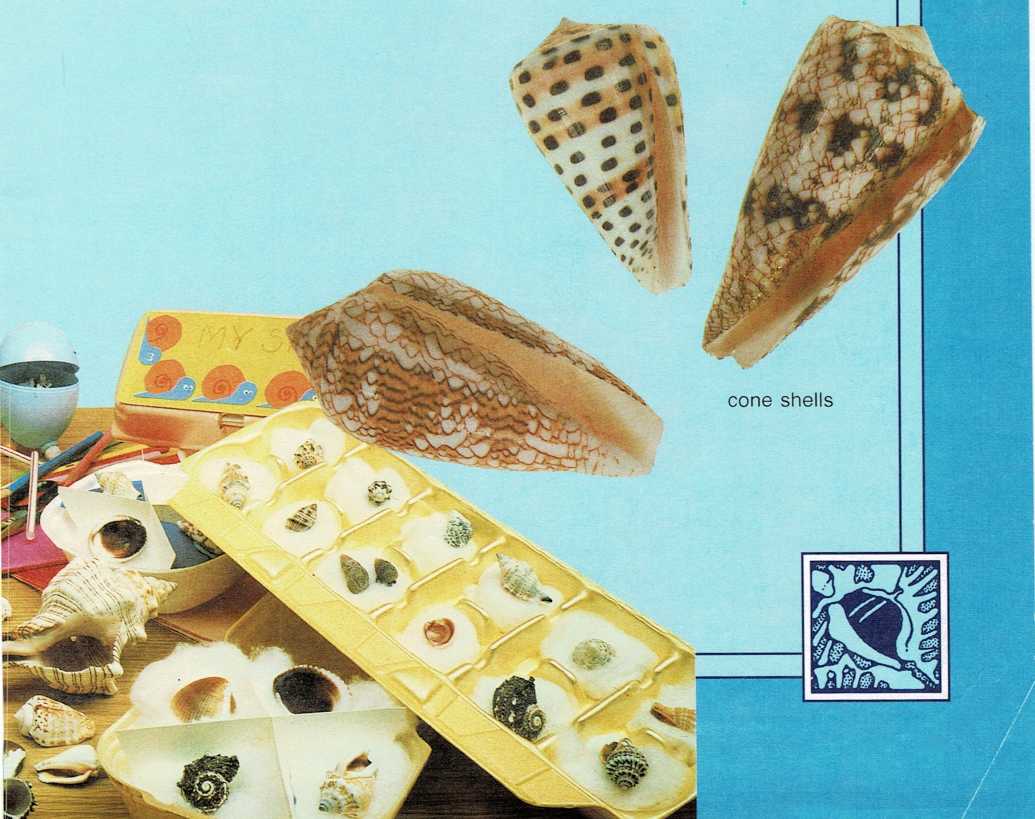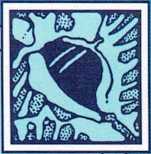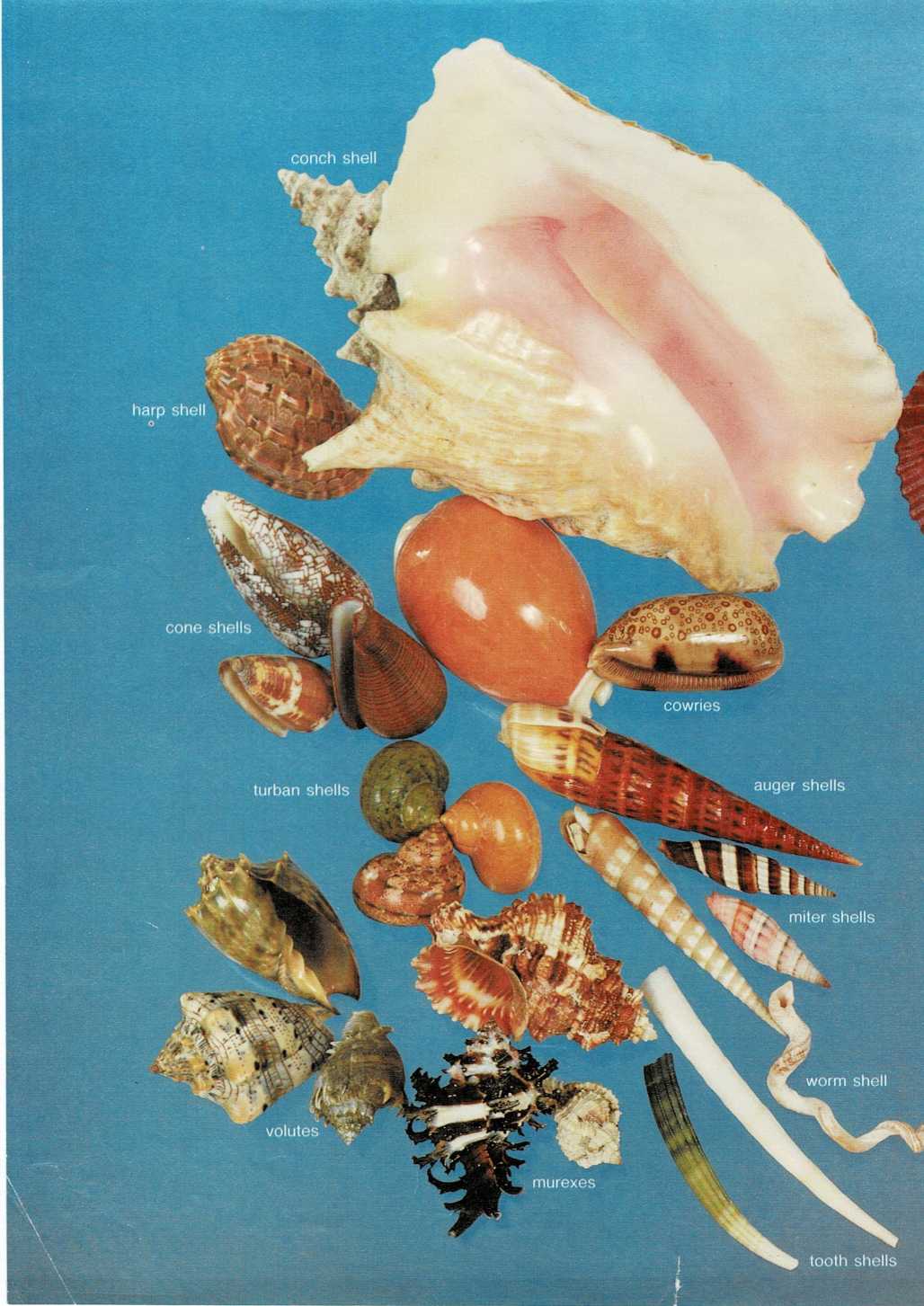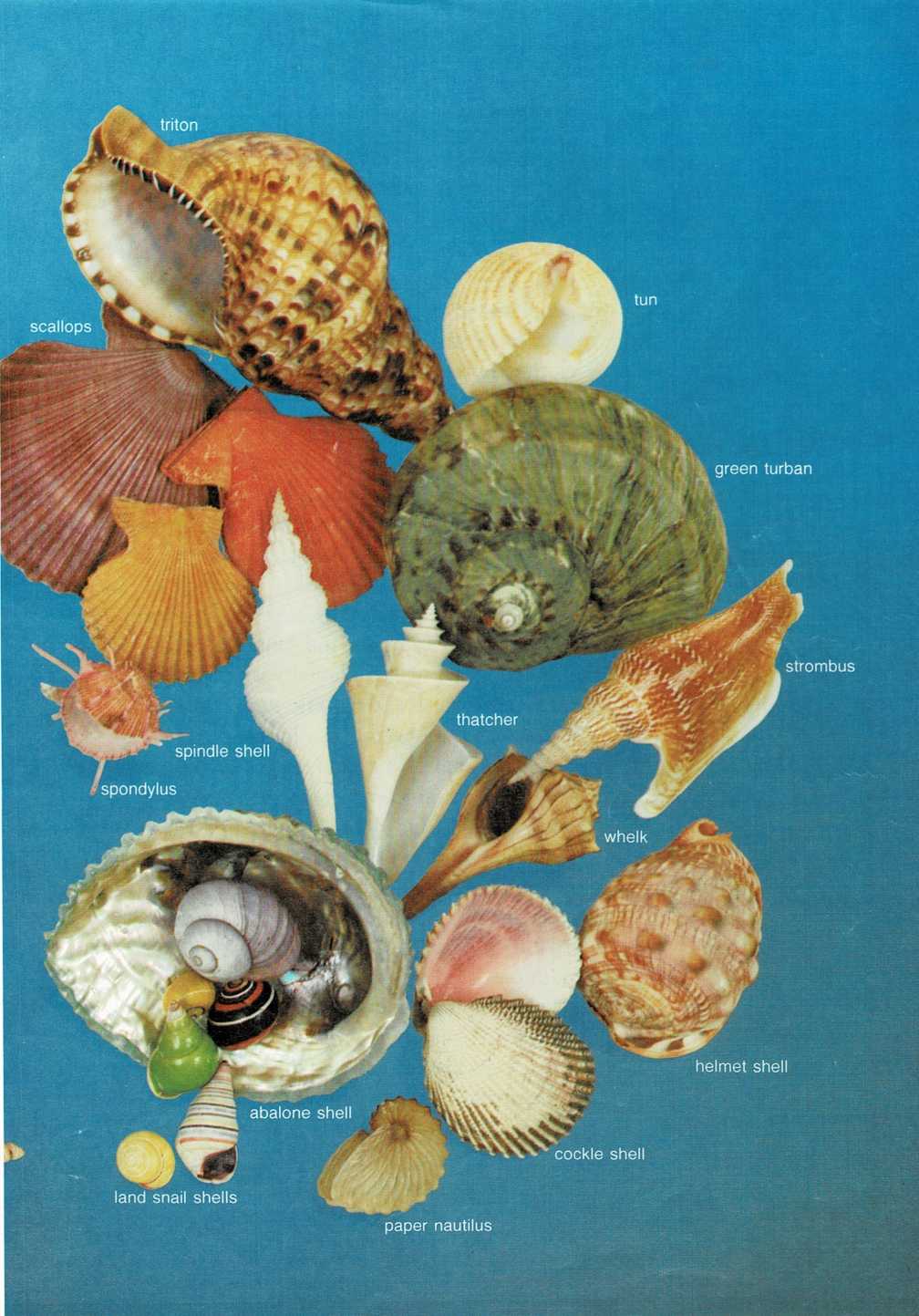
Collecting sea shells
Many people enjoy collecting sea shells as a hobby. But collecting sea
shells is more than a hobby. It’s actually part of a science—the
science of conchology (kahng [kahl]{.smallcaps} uh jee). So, if you
start a collection of sea shells, you’ll be a sort of scientist!If you live near the seashore, or take a trip to a place near the sea,
you can begin your collection with shells you’ve found. On most
beaches there are many kinds of shells, all cast up by the waves.If you don’t live near the sea (and even if you do), you can get sea
shells in many other ways. Common sea shells of all kinds are sold as
decorations for home aquariums. They can usually be bought at pet
shops. Rare and expensive shells can often be found in shops that sell
stamps and coins to collectors. If you live in a city that has an
aquarium or a natural history museum, you may be able to buy
collections of sea shells at these places.
wentletrap

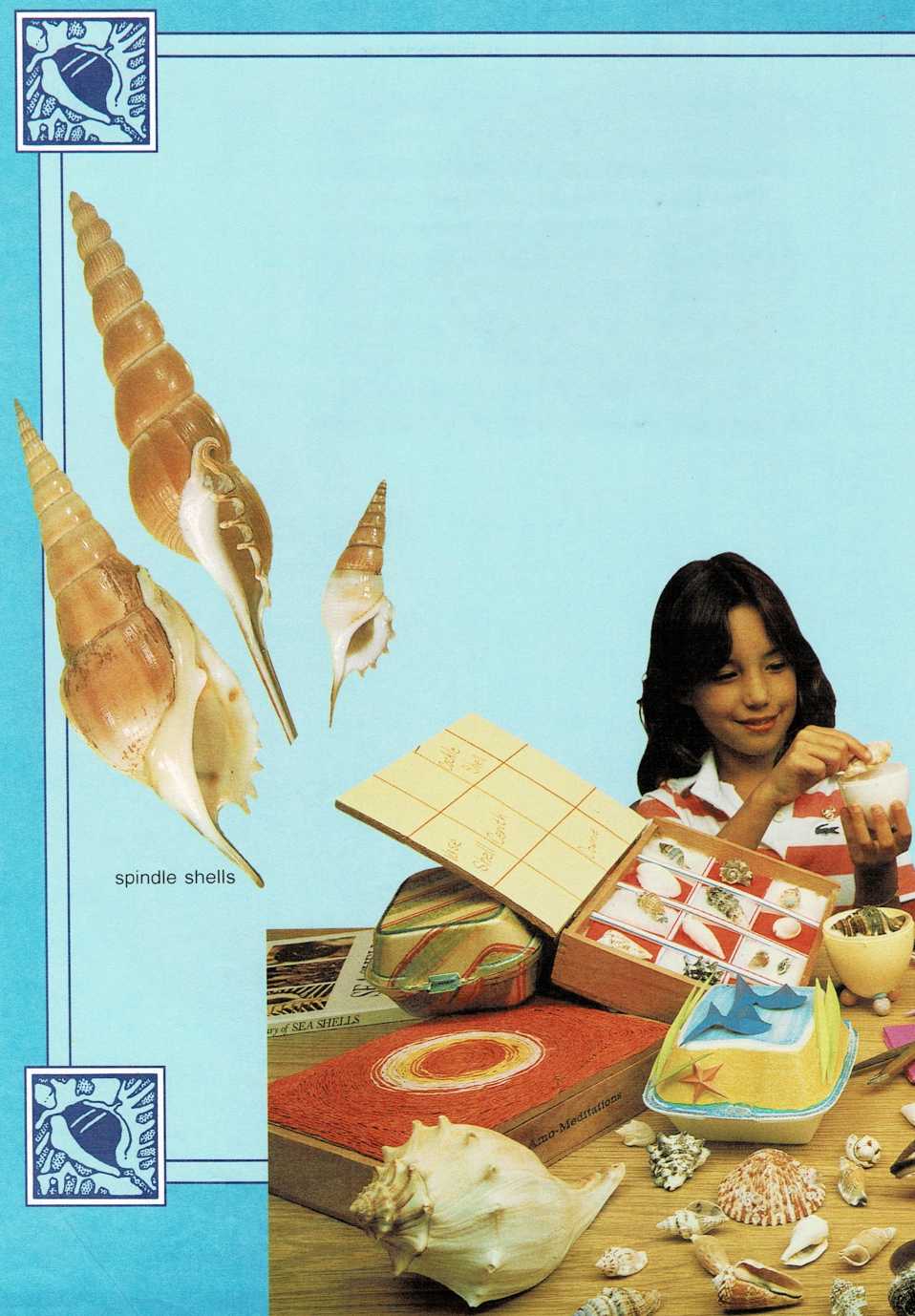
Finding out what each of your shells is named, and what kind of animal
lived in it, makes collecting sea shells more interesting. If you find
or buy a shell and want to know about it, look for pictures of it in
books. That’s called research, and it’s fun. Finding- out what your
shell is can be exciting.On the next two pages you will see pictures of many kinds of shells.
And, in your school or public library, you can find some good books
about sea shells. You will probably find
books about shells in museums or hobby shops, too.
Put your shells into display cases, just as museums and scientists do.
An egg carton is a good display case for small shells. Each shell can
have its own little compartment. Bigger shells can be kept in cigar
boxes. Place each shell on a bit of cotton. Make a label for each shell,
giving the shell’s name and the part of the world it comes from. Paste
the labels near the shells.
Before long, you’ll have your very own museum of sea shells—one you
can proudly show to all your friends!
